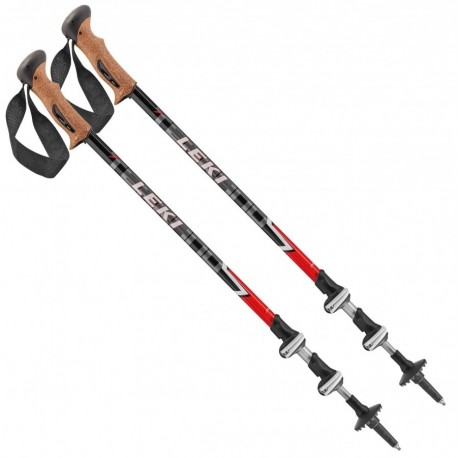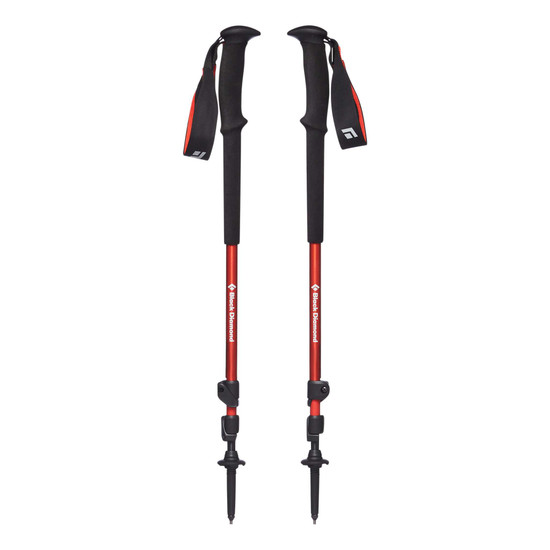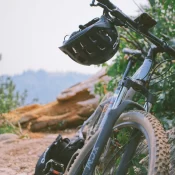
Guide to Hiking Poles: What You Need to Know
Guide to Hiking Poles: What You Need to Know
Hiking poles are a useful tool that can make your hikes safer and more comfortable. They provide support on uneven terrain, reduce pressure on joints, and help with balance during ascents or descents. Let’s look at what you should consider before choosing the right hiking poles.
1. Types of Poles
There are different types of poles depending on your needs and the type of hiking you do.
- Telescopic Poles: These poles can be adjusted in length, making them suitable for both uphill and downhill hikes. They are also easy to store in a backpack when not in use.
- Fixed-Length Poles: These poles cannot be adjusted in length and are usually lighter. They are ideal for those who want stability without extra weight.
- Folding Poles: Designed to fold into a compact size, they are great for travelers or those who need easy storage in their backpack.
2. Materials
The materials used in hiking poles affect their weight, durability, and ease of use.
- Aluminum: Aluminum poles are durable and affordable. They are heavier than poles made from other materials but offer good resistance to impact.
- Carbon Fiber: These poles are much lighter than aluminum but may be more prone to breaking under hard impacts in tough conditions.
3. Grips
The grip is crucial for comfort and proper use of the poles. There are various materials used for the grips:
- Cork: Cork is comfortable and absorbs sweat. It molds to the shape of your hand and is durable.
- Foam: Foam grips are lightweight and comfortable, but they don’t absorb moisture as well as cork.
- Rubber: Rubber grips offer excellent durability and are a good choice for cold climates, but they can cause sweating in warmer weather.


4. Locking System
Adjustable poles have locking mechanisms that allow you to easily adjust the height.
- Twist Lock: Operates by twisting and locking; it is simple but may loosen during use.
- Flick Lock: More reliable and easier to use, even with gloves on. It is the preferred choice for mountaineering and challenging trails.
5. Pole Tips
The tips of the poles should be durable and suitable for different types of terrain.
- Metal Tips: They are durable and suitable for hard, rocky terrain.
- Rubber Caps: These can be added to metal tips for use on smoother trails or asphalt, preventing slipping and protecting the trail surface.
6. Additional Features
- Shock Absorption: Some poles come with a shock absorption system, which reduces pressure on the wrists and elbows during descents.
- Wrist Straps: Adjustable wrist straps offer greater stability and prevent losing the poles.
Conclusion:
Hiking poles can make your hike safer and more comfortable, especially on uneven or steep terrain. Choosing the right type of pole depends on your needs, the trail conditions, and your personal preferences. Select poles that provide comfort, stability, and easy adaptability to the conditions of your hike.
Tags





